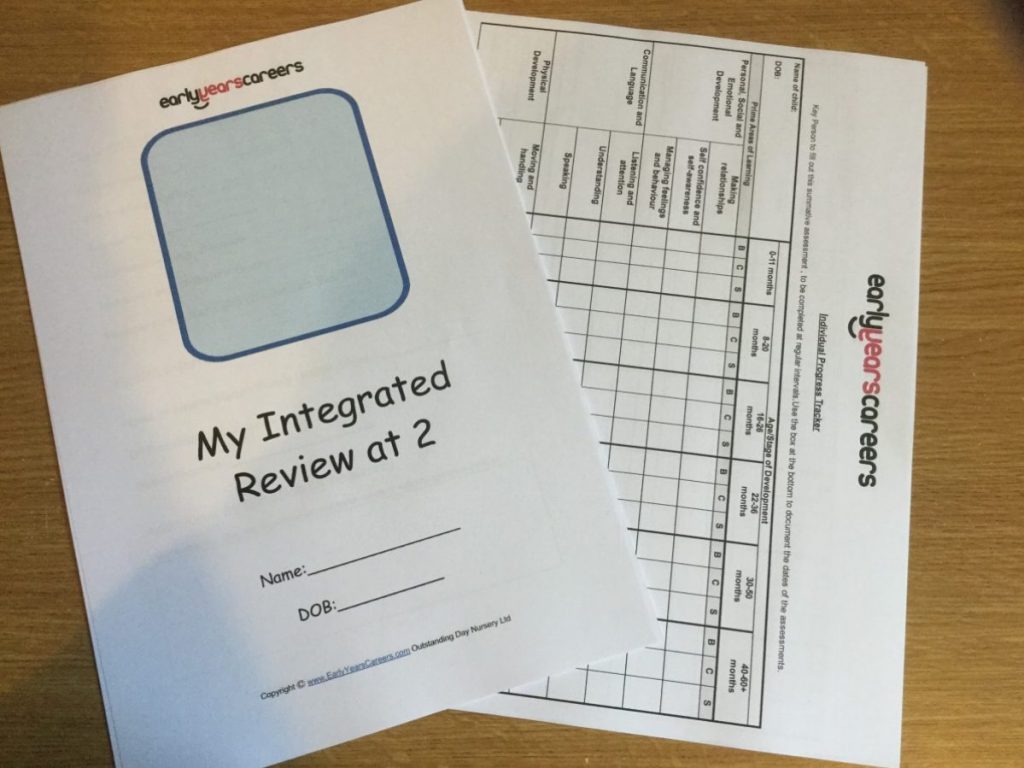How are children assessed within the Early Years?
Assessment tools play an important part within Early Years. These tools can help parents, practitioners and professionals to recognise children’s progress, understand their needs, and plan activities to develop their learning further. There is a range of assessment tools that are used at different stages of a child’s journey through nursery to ensure transitions and learning are regularly monitored and supported.
On Entry Assessment
Once a child attends a setting, practitioners should be aware of the child’s starting point. This is important to enable the practitioner to plan for the child and support their individual development. Information on a child’s starting point can be gathered through interactions with the parents, all about me documents and on entry assessment forms. On entry assessment forms are divided into the 17 aspects of the EYFS to give a holistic view of a child’s development. It is important to complete on entry assessments within a short time of the child starting to ensure a true reflection of development at the time of entry. The on entry assessment form also contains a section for the practitioner to identify the child’s next steps.
Two year Integrated review
Between the ages of two to two and a half, all children will have a two-year check. This check will be carried out by a health visitor or a community nursery nurse. If the child attends an Early Years setting, the child’s key worker will need to complete an integrated review document to share with the health visitor or community nursery nurse. This enables both professionals to work together and combine the child’s health and education development into one check. The review is divided into the three prime areas of the EYFS, giving practitioners a section to outline the child’s development in each area and an evidence section to add photos.
Individual progress tracker
Each child will need to have their development tracked every four months for the child to progress well. An individual progress tracker sheet can be used by practitioners to document the child’s development in the 7 areas of learning. The practitioner can observe the child and make judgements on their development, marking the child as ‘beginning,’ ‘consolidating’ or ‘secure’ in each area. This is broken down into the EYFS age bands, ensuring the child is meeting the milestones for their age.
EYFS progress summary
Alongside the individual progress tracker document, practitioners should complete a progress summary. This summary gives a written account of the child’s development within each area of the EYFS and includes a section for the child’s next steps. The progress summary also enables parents to add comments on their child’s development, enabling parents and practitioners to work together in supporting the child’s learning.
Transfer record
It is important to share information on a preschool child’s development with their new school upon starting. This ensures a smooth transition between settings and enables the teacher to gain information on the child’s current level of development and their next steps. This information can be shared easily using a transfer record. This record may include additional information on the child including any additional needs or concerns about the child.
All of the above are effective ways to assess children’s development; the tools can be used to see where children are at in their development.

